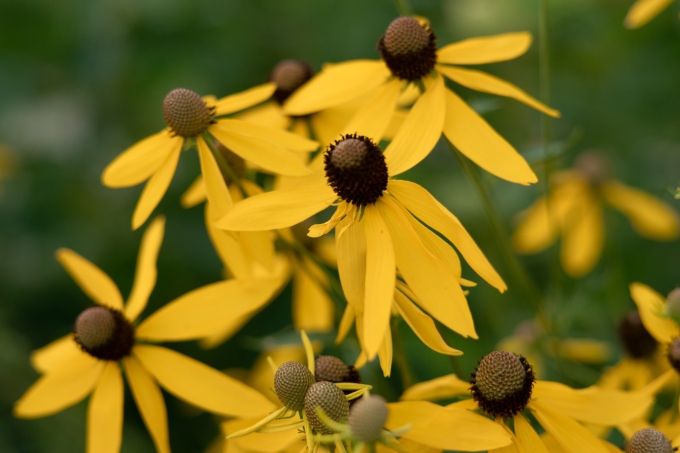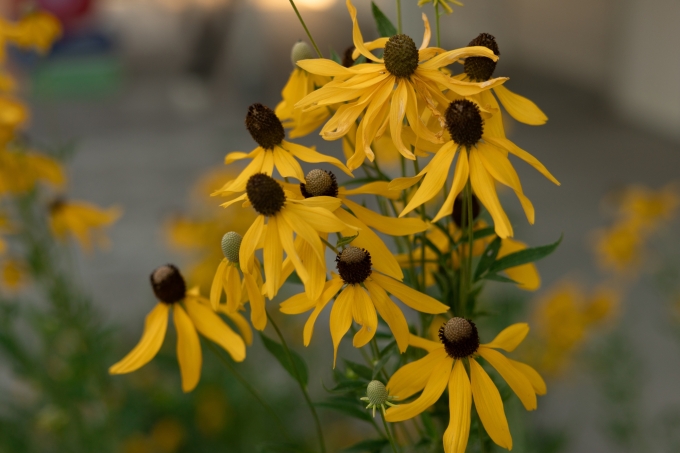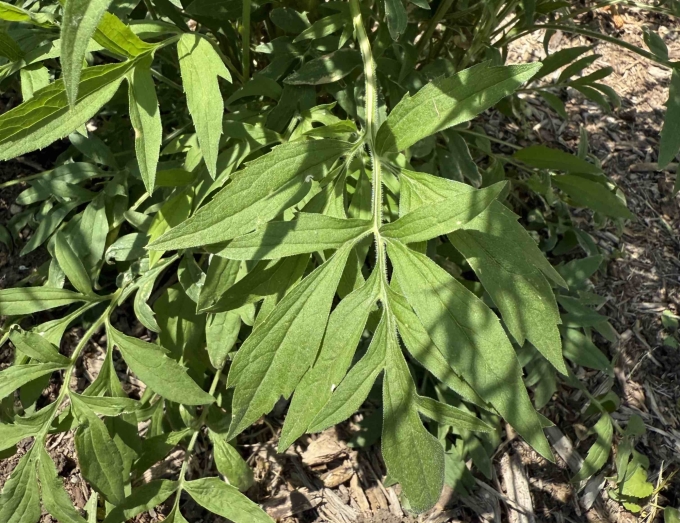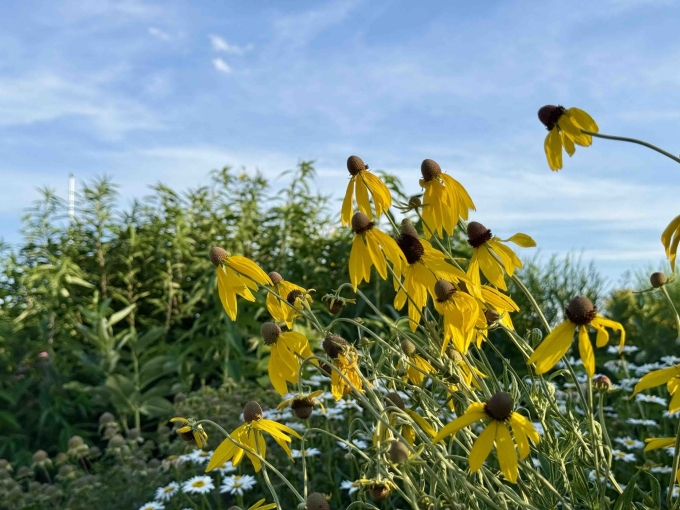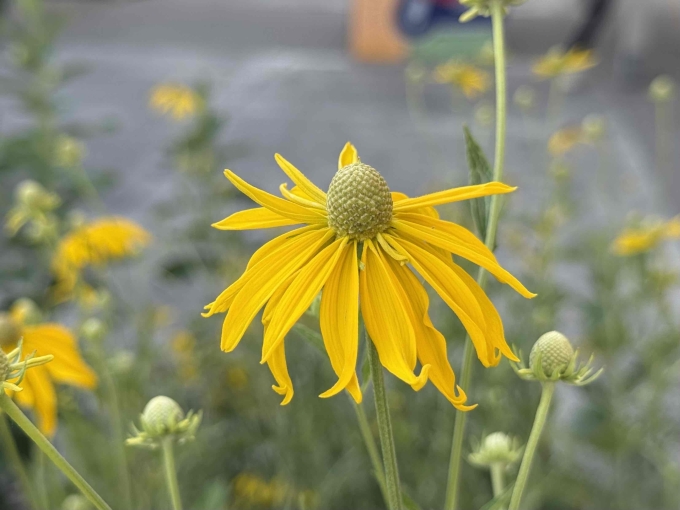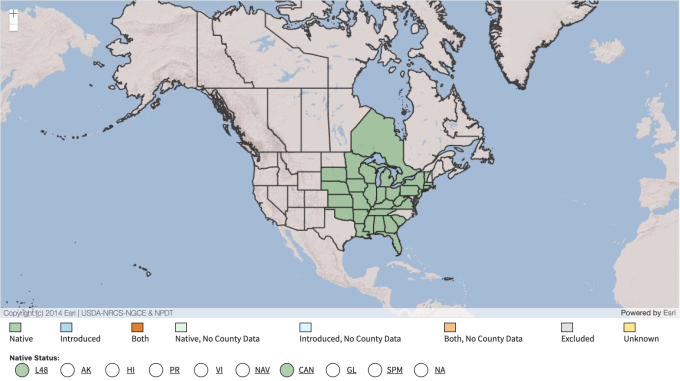Common Name: Gray-headed Coneflower
Family: Asteraceae
Plant Type: Herbaceous Perennial
Native Range: Central and eastern North America, including all of Nebraska
Hardiness Zones: 3–9
Height: 3.0 to 5.0 feet
Spread: 1.5 to 2.5 feet
Bloom Time: Mid to late summer (July–September in Nebraska)
Bloom Description: Bright yellow, reflexed petals surrounding a tall, grayish-brown cone
Sun Exposure: Full sun
Water Needs: Low to medium
Soil Preference: Well-drained soils; tolerates sandy, clay, or loamy soils
Maintenance Level: Low
Suggested Use: Prairie plantings, pollinator gardens, naturalized meadows, borders
Attracts: Bees, butterflies, birds (seed heads in fall/winter)
Tolerates: Drought, poor soils, deer
Notable Features: Elegant, airy flowers; excellent pollinator and bird plant; graceful movement in wind
Nebraska Growing Notes:
Gray-headed Coneflower is a classic tallgrass prairie species, highly adapted to Nebraska’s climate and soils. It performs beautifully in full sun and well-drained soils, thriving in dry to medium moisture conditions and tolerating summer heat and periodic drought.
Its tall, slender stems sway gracefully in the wind, creating a dynamic texture in the garden or prairie. The reflexed yellow petals and prominent gray cone add a distinctive and naturalistic look to meadows and borders.
It’s long-lived and low-maintenance, with minimal water needs once established. Seed heads provide winter interest and food for birds such as goldfinches. Some gardeners may stake plants in very windy or exposed sites to prevent flopping.
Landscape Use:
Perfect for prairie restorations, wildflower meadows, pollinator and bird-friendly gardens, and the back of perennial borders. Combines beautifully with Liatris, Echinacea, Monarda, Solidago, and native grasses like Little Bluestem or Big Bluestem.
Caution:
Non-toxic and wildlife-friendly. Can self-seed in open soil but is not aggressive. Occasionally, basal foliage may look ragged late in the season, this is natural and can be hidden by companion plantings.
Garden Locations:
Sources:
https://plants.usda.gov/plant-profile/RAPI

